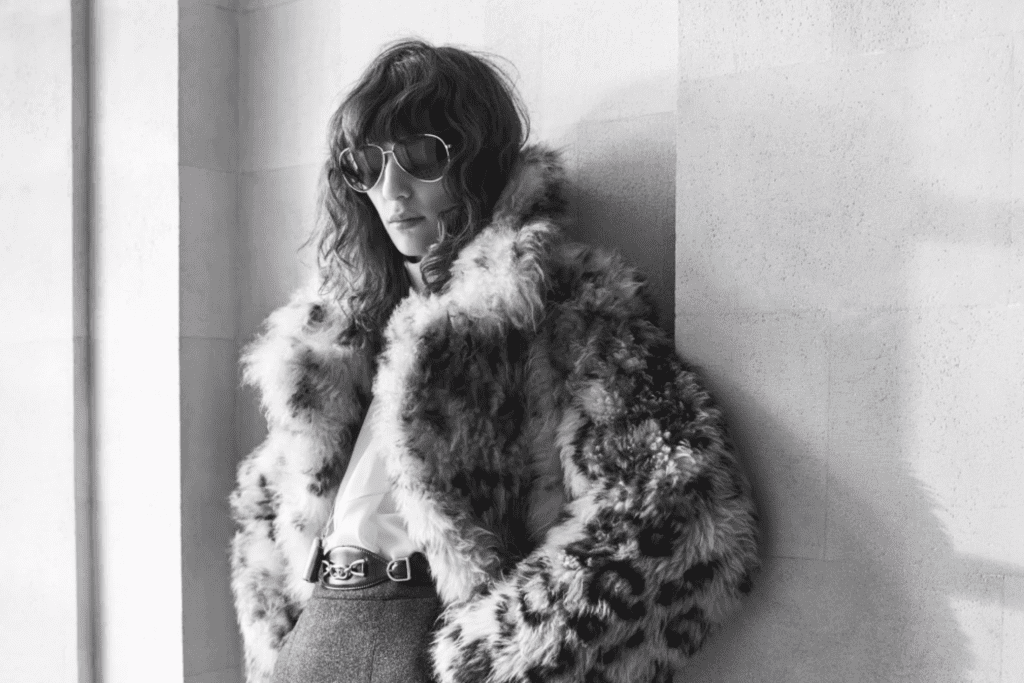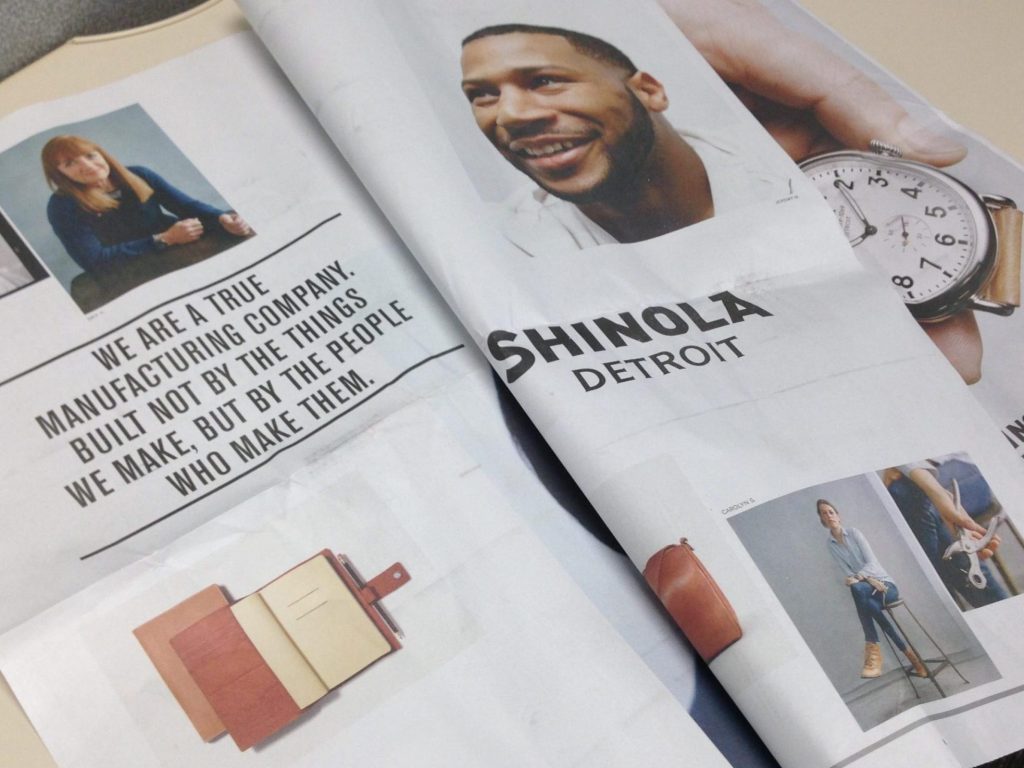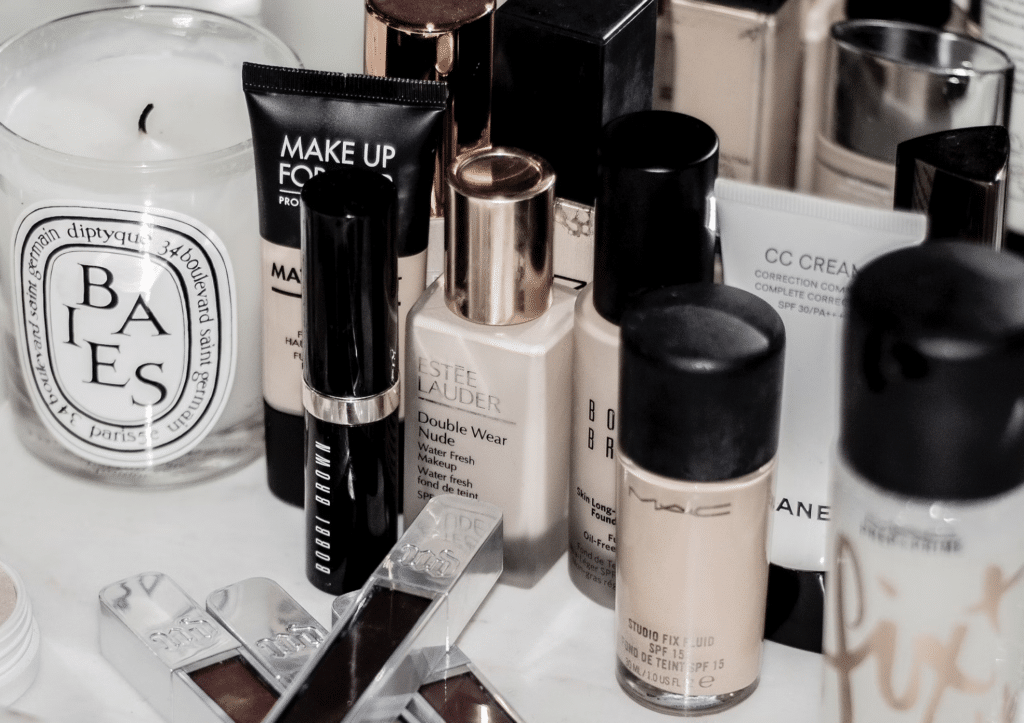On the heels of his name-changing tenure at Yves Saint Laurent, Hedi Slimane is making his mark ahead of his debut at Celine. The Paris-based fashion brand introduced a “new” logo as part of a rebrand this weekend, one that was “directly inspired by the original, historical version that existed in the 1960’s,” according to the LVMH-owned brand. Practically speaking, that means that the accent on the “E” is no more and the typography has endured a slight change, as has the spacing between the letters.
The move hardly comes as a surprise for two reasons. Trending even more than ugly shoes is the rebranded logo. Just earlier this summer, for instance, Burberry debuted a revamped logo and monogram ahead of Riccardo Tisci’s debut this month. On a more micro level, though, the slight logo change is unsurprising given the creative director at the helm.
In 2012, Hedi Slimane began his role as creative/artistic direct at Yves Saint Laurent with a change. He rebranded the house’s ready-to-wear collection (but not its couture offerings) as Saint Laurent and moving the design headquarters to Los Angeles. The French designer – who first made his name at YSL in the late 1990’s before jumping to Dior Homme, where he was credited with popularizing the skinny menswear silhouette – was also known to exert control over everything from the brand’s seasonal runway show castings, the soundtracks, photography of all campaigns and lookbooks, and even the set designs.
Now, he has taken up the helm at Celine and changes are abound, the first of which is a slight rebranding, something of an increasingly popular move since Slimane first made headlines – and elicited confusion, in some cases, outrage, in others, and still yet, alleged parody – by changing up the YSL moniker.
Rebrands can be risky business. Ask any company owner how difficult it is to create a brand that resonates with consumers … one that becomes synonymous with its products, ethos, and its business operations as a whole. In the luxury sphere, companies spend decades – even centuries, in some cases – carefully crafting themselves into brands that can demand thousands of dollars per purse and even more, in many cases, for garments, and have consumers not blink an eye because the brands, themselves, are so intrinsically synonymous with luxury, exclusivity, and well, covetability, that they can affix such price tags to their wares without any meaningful objection.

If designed and marketed effectively, a brand name and/or logo serves as an immediate indicator of source for the consuming public. It enables customers to easily differentiate between the products of competitors and also allows them to make instinctive shopping decisions as to the quality they can expect from a brand’s goods and services, something that would otherwise require research and probably a bit of trial and error, as well.
Building and maintaining a strong and identifiable brand is one of a company’s biggest investments (it tends to be costly to get to the point where a name or logo embodies meaning for the average consumer) and one of its most valuable assets (consumers, in many cases, including luxury goods purchases, are buying into a brand and its story more than the product itself). So, why do companies risk a rebrand?
A few key factors come to mind: They do it to evolve with the market and stay relevant (this includes but is certainly not limited to practical concerns, such as the need for a logo to register well in any browsing device, particularly given the vast shift to mobile), to reflect an expansion in product or service categories, to limit negative associations with prior logos, and/or to reflect a merging of companies.
Consider a couple examples: The television channel formerly known as ABC Family revamped to FreeForm in 2016 hoping to adapt to its audience, namely, to keep up with its millennial viewers as they grow up.
That same year, Netflix dropped a new logo, dropping the “etflix” in favor of a simple red “N.” Before this update, Netflix had been forced to cram all seven letters of its name onto social networks and the tiny icon of its iOS app. It has since made another change: Adopting a new font, which was designed in-house, allowing the entertainment streaming service to abandon its “Gotham” typeface and the licensing fee is was paying to use the font.
Yet, in fashion, rebranding is beginning to occur on much more frequent basis, and the recent rush of changes at play are not necessarily being born from technical necessity. Instead, it is for show. The recent bout of rebrands serves as a means of indicating change at the helm but maybe even more importantly, is a way to boost hype and ideally, sales.
In some cases, or maybe most cases, actually, changes are being made across the board by brands each time a new creative head is brought on board. Armin Vit, co-founder of brand identity editorial website UnderConsideration, told Fashionista early this year that the recent bout of logo changes – which have seen Calvin Klein, Diane von Furstenberg, Proenza Schouler, Brioni, Burberry, Margiela, and Rimowa, among others – make adjustments to their branding recently – can serve as “a public indication to consumers that something is different and they should pay attention.”
“When there’s a new creative director with a new vision for the products, an ‘easy’ way to communicate this is with a logo change that, hopefully, spurs both sales and media interest.”
Osman Ahmed echoed this notion last year in an article for BoF, writing, “Today, a logo is simply an aesthetic motif in a designer’s arsenal of house codes.”
And he is right. A brand’s logo, the foremost representation of its company, used to be largely a static one. The consumer’s relationship with modern branding has been transformed wildly since the advent of trademarks (i.e., brands’ names, logos, etc.), which served primarily as identifiers of source and indicators of quality during an era when smart phones were not in the pocket of each and every consumer.
With that change (and the ease with which consumers can access information about companies and the quality of their individuals products) has come a new freedom for brands to make changes to their logos and to bank on those changes by way of media attention and consumer clicks.
Fashion is right at the center of this. At the end of the day, in the realm of premium and high fashion/luxury goods, consumers are not buying into the actual products themselves, at least not initially. What they are driven by is the appeal of the product’s maker and the prestige or other repetitional elements that come with that name.
Staying at the center of the consumer’s mind is essential to that, and much like how brands enlist celebrity spokesmen and big-name Instagram influencers as a way to ensure media attention and consumer awareness, rebranding is a similar too. (Don’t believe me? Look at the comments section of Celine’s latest Instagram posts announcing the “new logo. Chatter and strong opinions run amuk).
One thing is for sure here: The business of fashion in 2018 is a wildly amped up version of any prior understanding we may have had that the viability of a fashion brand depends on the media attention and hype that it can produce. The removal of an accent and a change in spacing – much like the dropping of an “Yves,” or publicly swearing off of runway shows only to return a few seasons later (a la Demna Gvasalia) or sending a jacket into space like Heron Preston did or hiring Virgil Abloh – speaks directly to (and serves as very real evidence of) that fact.













